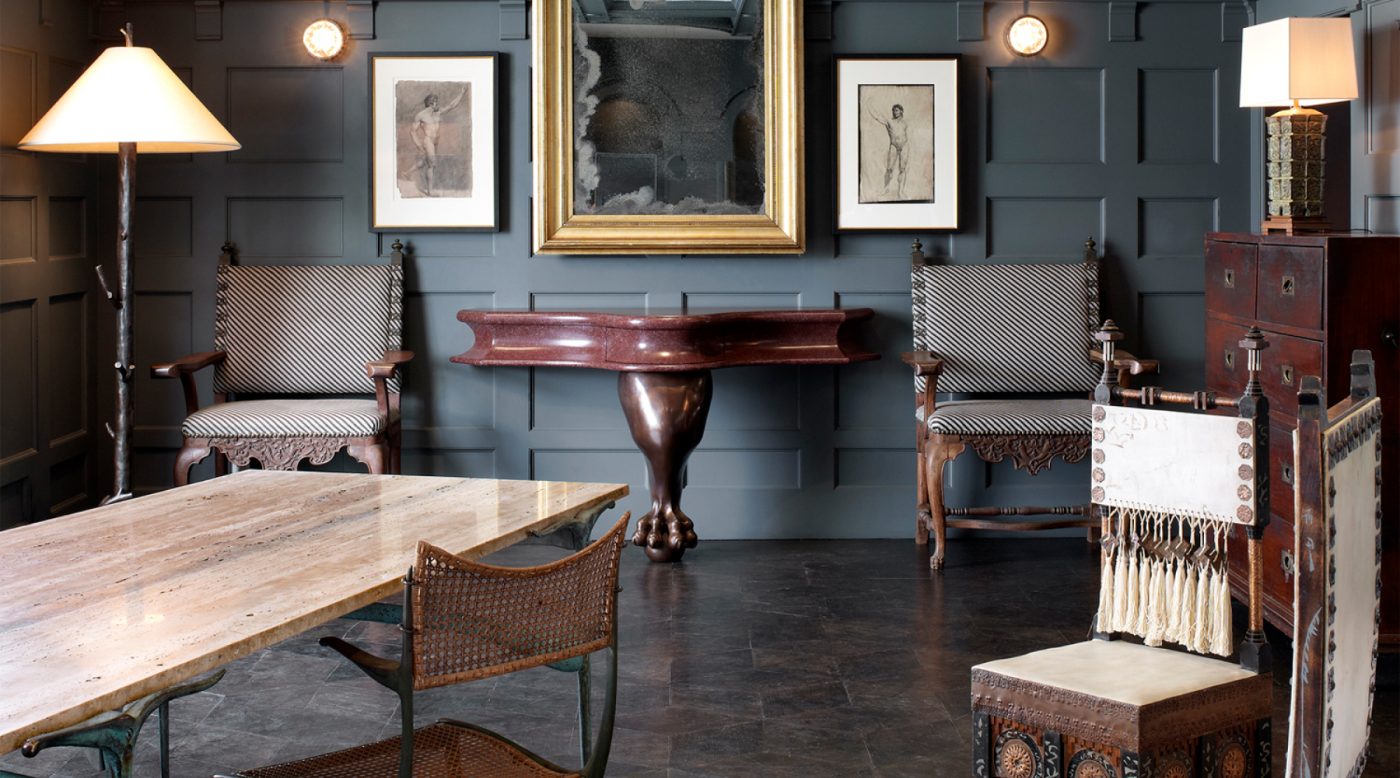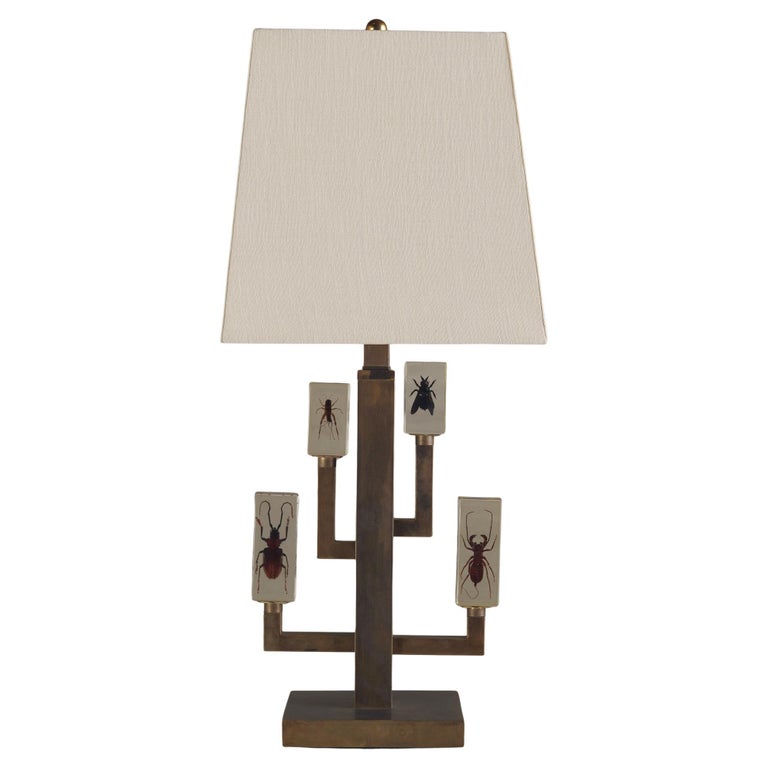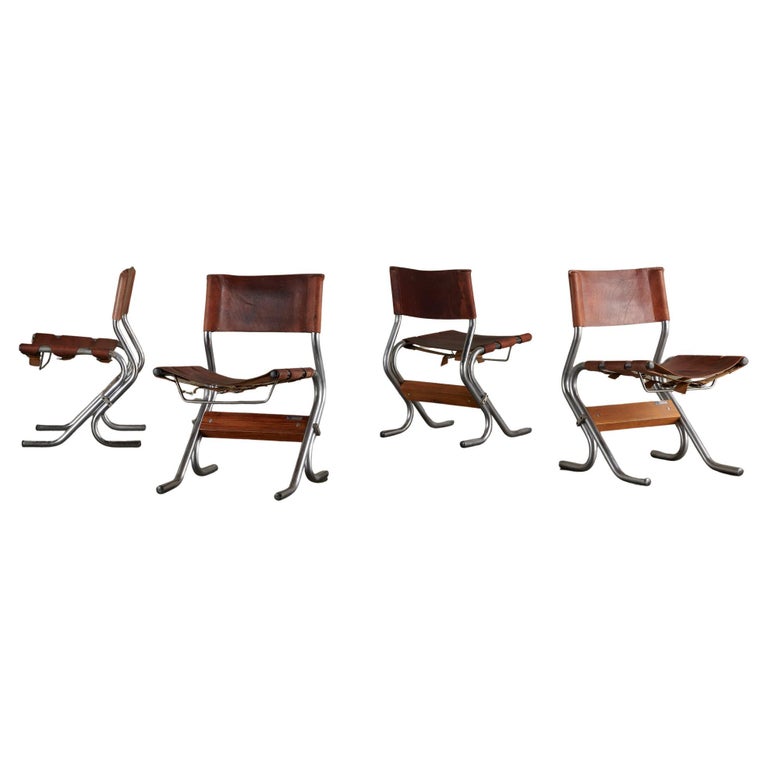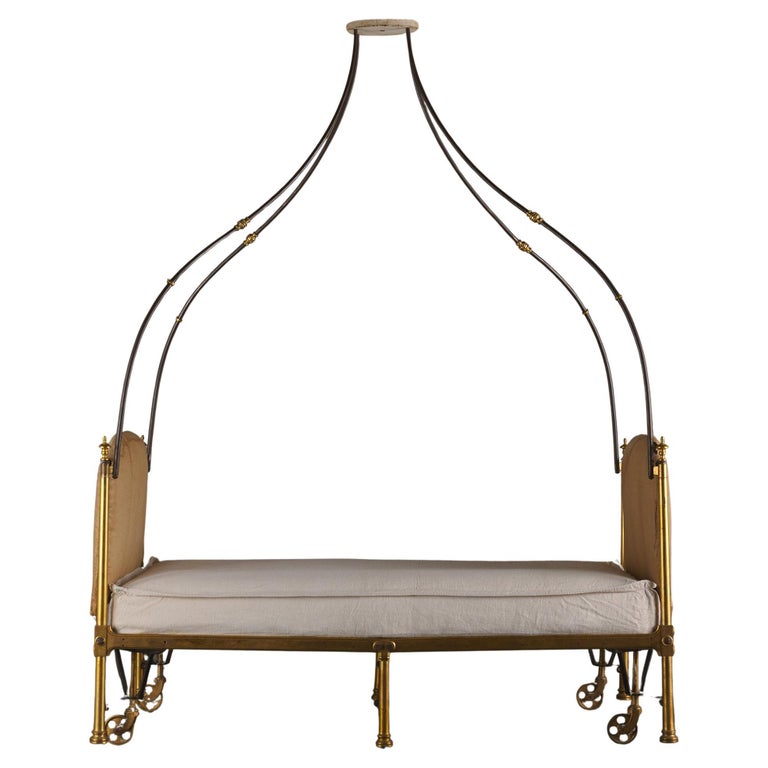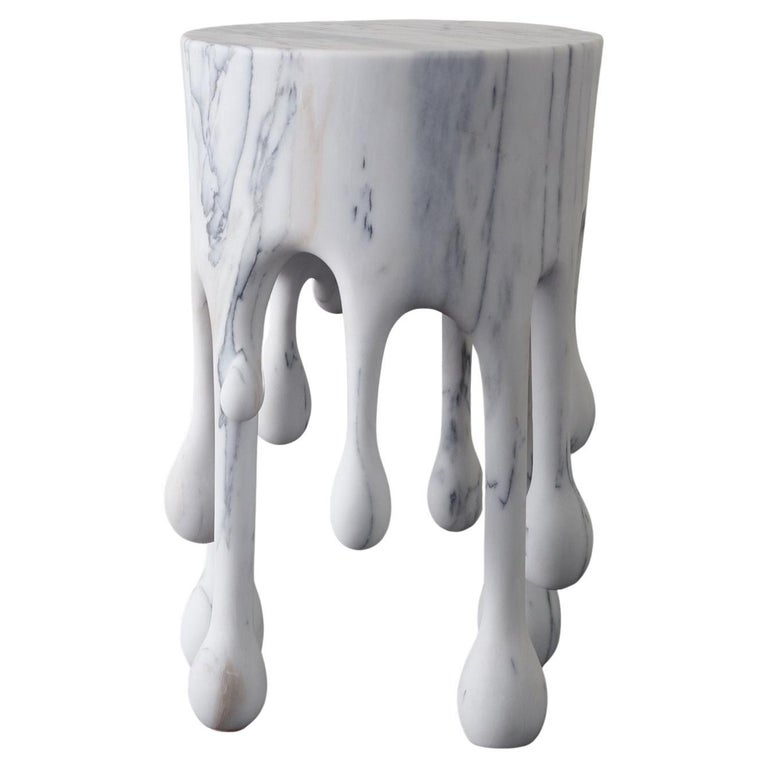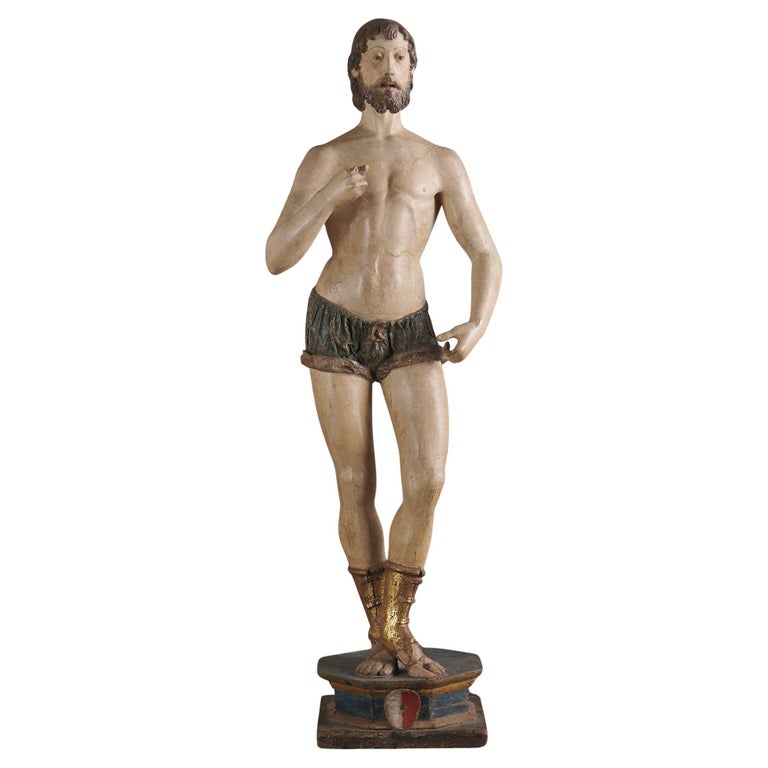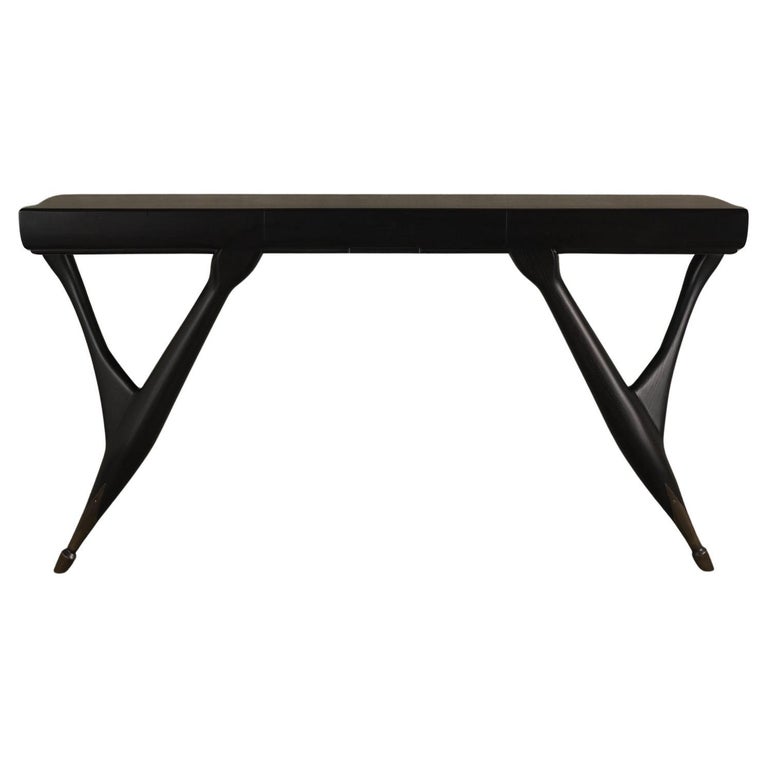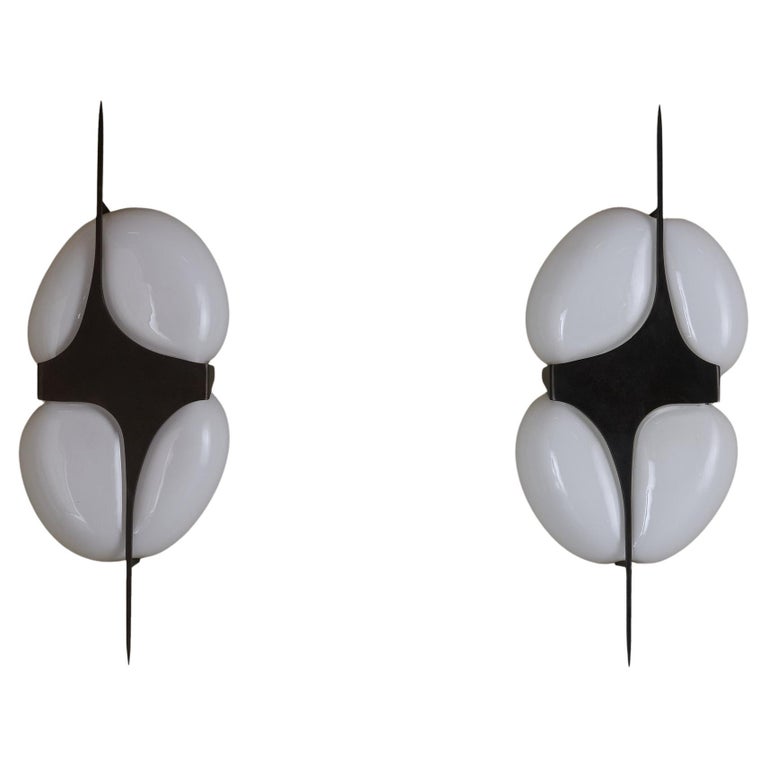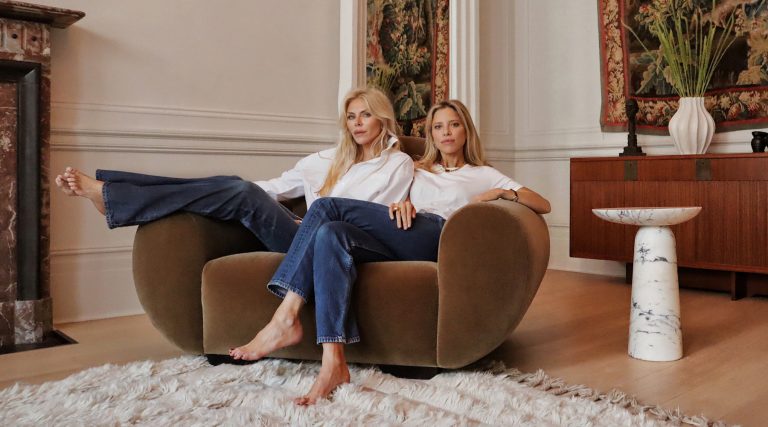May 4, 2025In 2007, when Adam Blackman and David Cruz moved their renowned design emporium, Blackman Cruz, from West Hollywood’s antiques district to Highland Avenue in Hollywood, the only other gallery nearby was JF Chen, owned by their competitor and friend Joel Chen. Eighteen years later, the neighborhood is full of design galleries. Blackman and Cruz, who thought of themselves as outsiders for decades, are now, at least geographically, mainstream.
But the proximity of so many other sellers hasn’t made Blackman Cruz any less special. The gallery — Cruz prefers to call it a shop — remains the epicenter of eclecticism, attracting interior designers seeking eye-catching items that vary from sconces as imposing as heraldic shields to lamps festooned with bugs in resin. Museum curators come for pedigreed pieces; design junkies, for another fix.

Blackman and Cruz cater to both kinds of customers, mixing a scholarly approach to design history with a sense of humor and a taste for the macabre. The film and television producer Ryan Murphy, who considers the two men mentors, has bought everything from iguana-shaped door handles in brass and enamel to a plaster bust of Barbra Streisand. He also wrote the introduction to their spectacular 2023 book, Beauty and Mischief: The Design Alchemy of Blackman Cruz. If Murphy’s contribution was upstaged, it was only by the live raven perched on the Mennonite-petticoat-upholstered fauteuil on the front cover.
The scores of top designers who frequent Blackman Cruz consider it indispensable, in spite of — or, more likely, because of — its unpredictability. Antique and vintage pieces mingle with items designed and made by Blackman Cruz, many in shapes drawn from nature, like the plaster-on-plaster Vertebrae lamp and the shearling-covered Peyote chair, which resembles the button of that mind-altering plant.
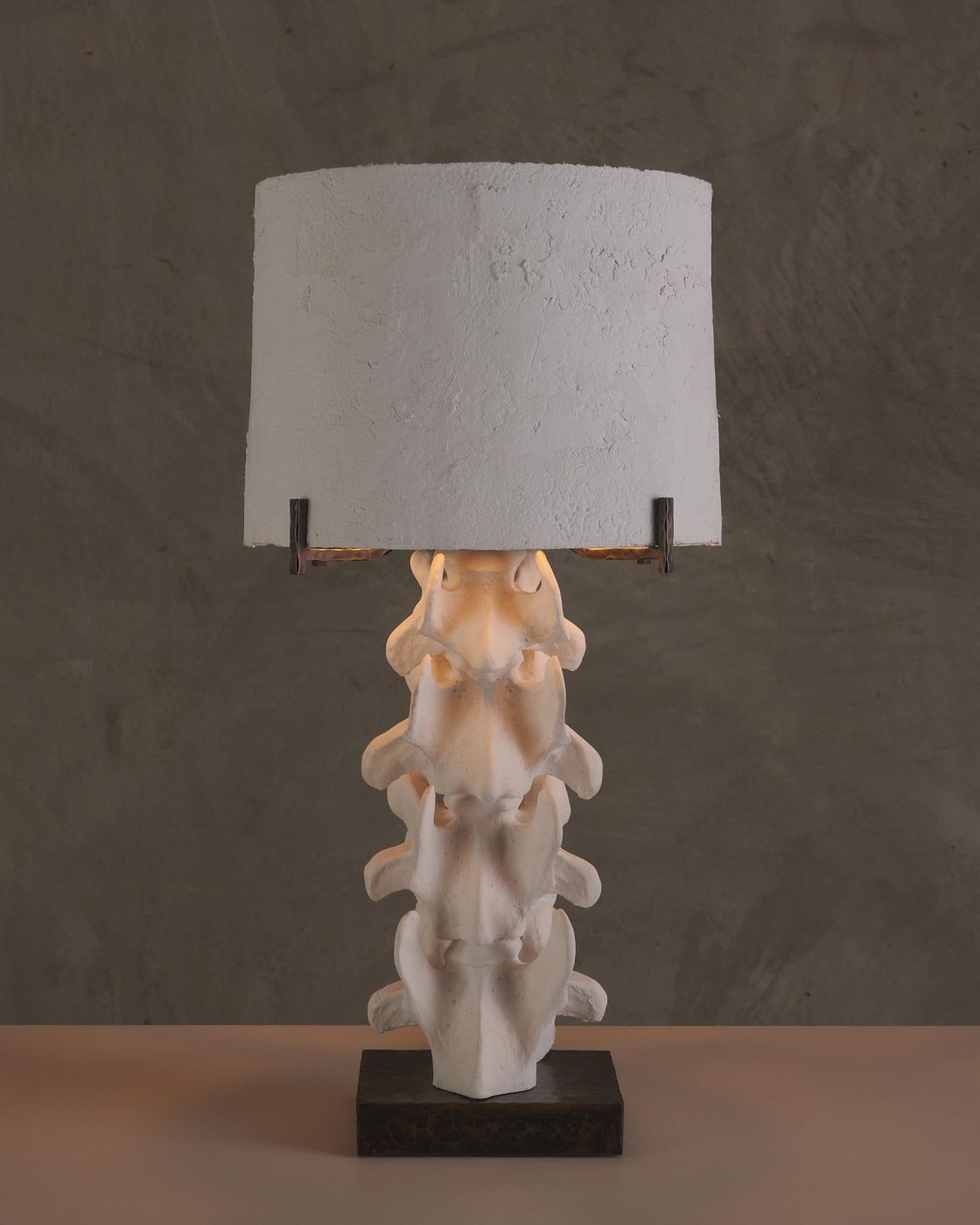
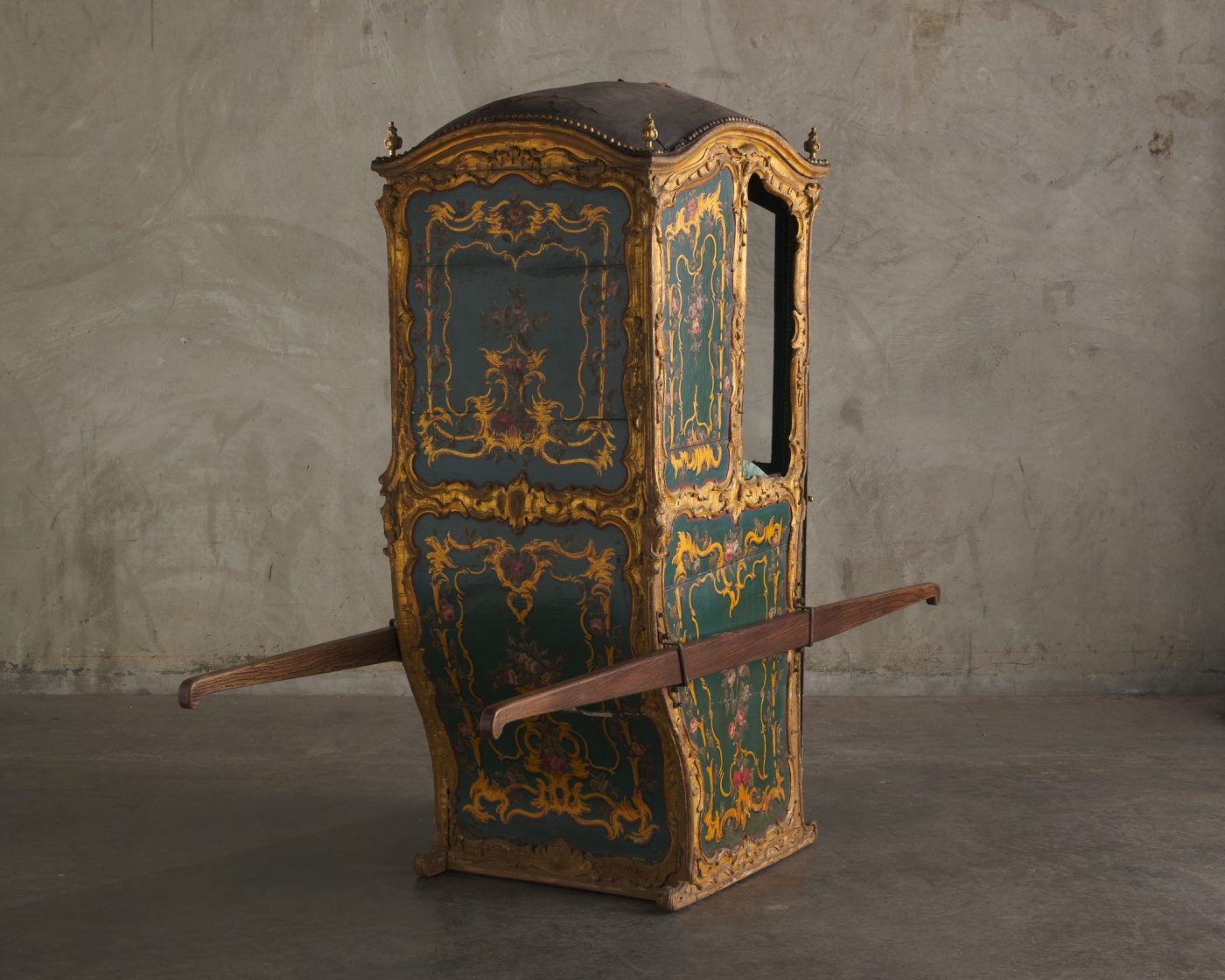
Then, there are the really unusual items, which right now include a mid-18th-century Italian carved-and-gilded-wood sedan chair, with its original leather-and-velvet interior and operable windows intact. There’s also a French campaign bed from the Napoleonic era, its gilded-bronze frame culminating in towering supports for a flowing cloth canopy.
Both the sedan chair and the canopy bed take up a lot of floor space, so Blackman and Cruz hope they are soon in the hands of new owners (perhaps a shy celebrity for the sedan chair, a sybaritic soldier for the bed). And that’s why they have listed those items, and scores of others, on 1stDibs.

The two men met in 1992, when they were both selling out of stalls at a Santa Monica antiques market. They opened Blackman Cruz in 1993 in a neighborhood of fine antique stores, whose proprietors referred to the newcomer as “the junk store on the corner.” That “junk store” quickly emerged as one of the world’s top destinations for design. Blackman and Cruz have been so successful as partners that many devotees would be surprised to know that even now they maintain separate inventories. (Items are marked AB or DC, depending on who purchased it.)
Recently, they came together for an interview, seated on a couple of bleached mahogany chairs in the giant, 24-foot-high front room of their gallery, which used to be a gay disco called Probe. From time to time, Cruz jumped up to direct workers who were moving a large volcanic-stone table across the space, while Blackman checked on arrangements for a party starting in a few hours, part of a joint celebration by the cluster of galleries in the neighborhood they pioneered.
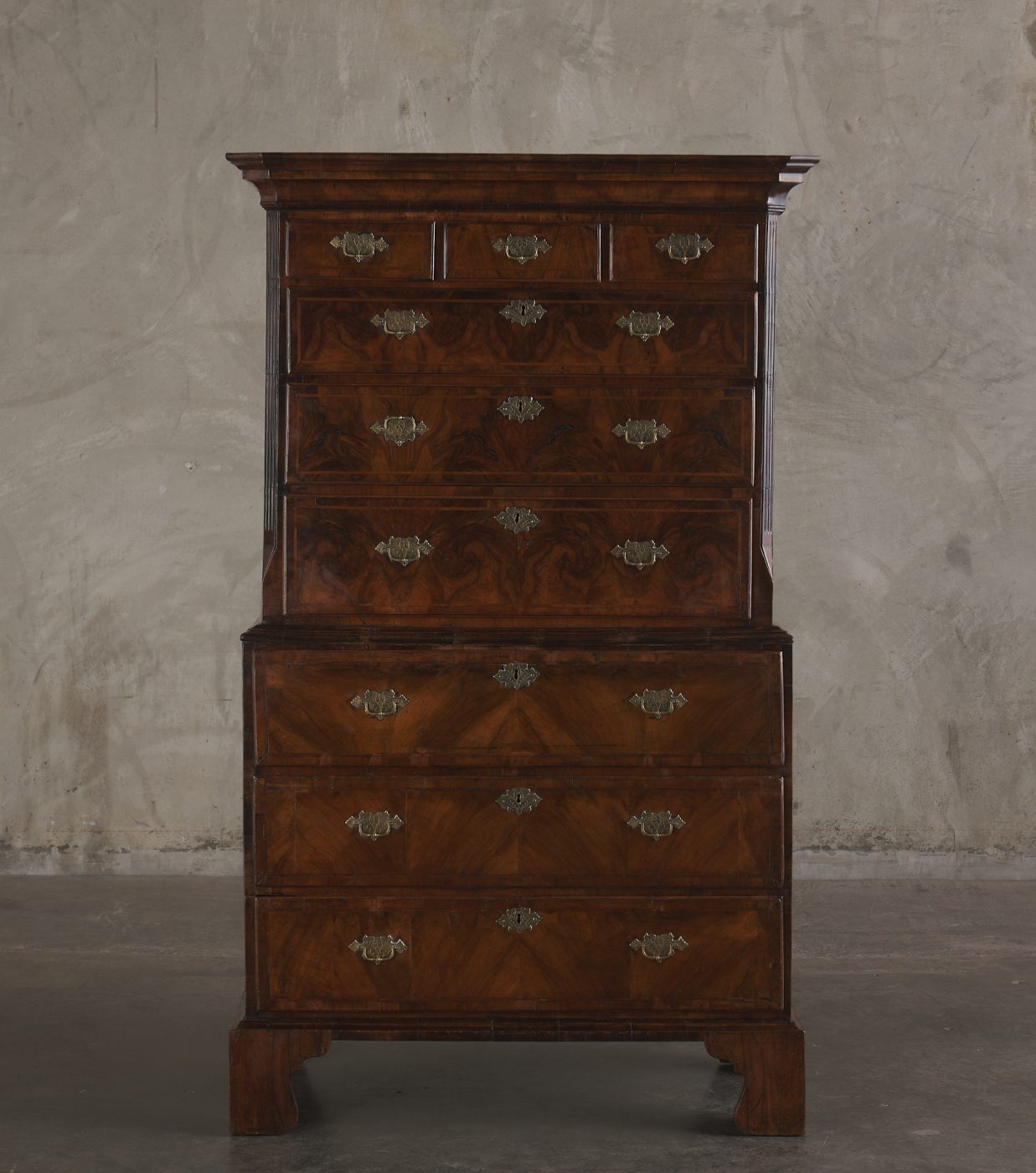
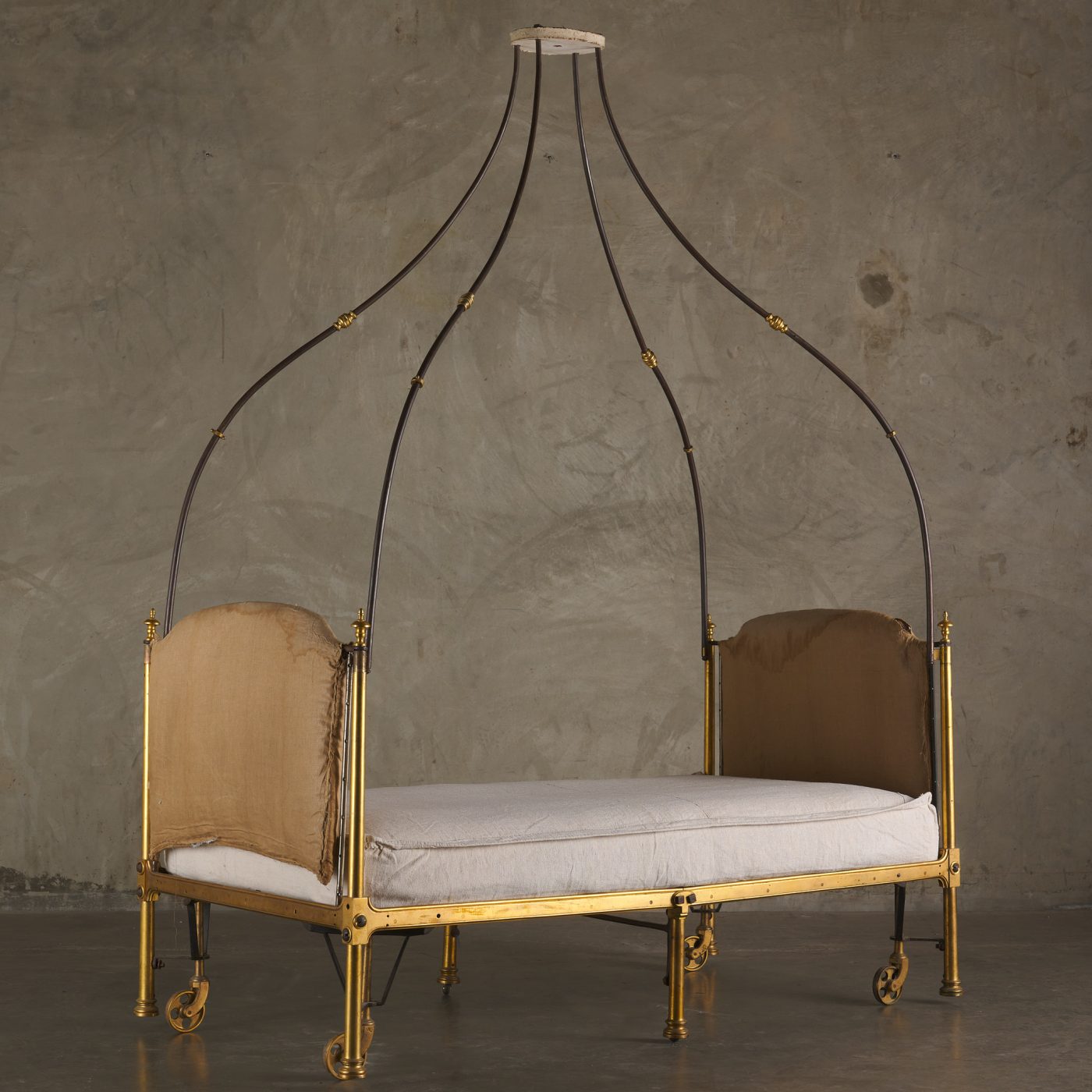
What’s changed the most in the thirty-two years since you established Blackman Cruz?
Blackman: Antiques are not as popular as they were when we started out. But we do our best to make them relevant. We just picked up a George III chest-on-chest in walnut. The first thing we did when it got here was put a very commanding Chris Brock urn on top. That creates a little tension, which is something you want in a room. And it shows how even modernists can live with antique pieces. People don’t automatically think, “I need a late-eighteenth-century chest.” They come to us to see how to work it into a modern environment. We’re here to educate.
Cruz: We’re not here to educate. We’re here to intrigue.
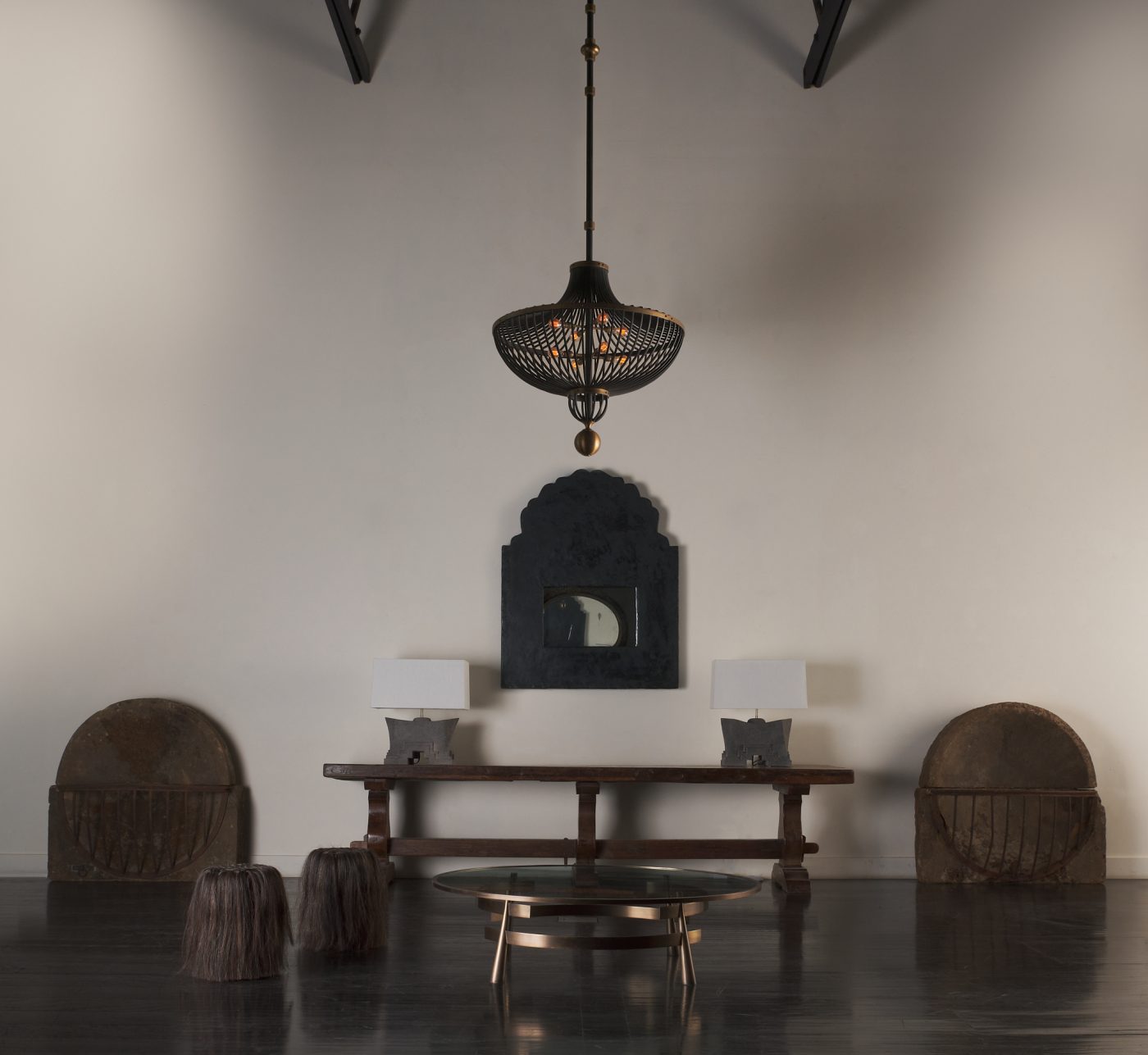
In that case, what’s the most intriguing item in the shop right now?
Blackman: That pair of mangers, which are racks you fill with hay for animals to eat from. The two pieces have carved-stone backdrops and hand-wrought-iron bars to hold the hay. We sold them thirty years ago to a woman opening a dress shop. She recently closed the shop, so we bought them back from her.
I bet they didn’t cost twenty-seven thousand dollars the first time. What makes them worth that now?
Cruz: They’re very rare and very special.
Blackman: And they’re poetic.
Cruz: And you’re paying for us to schlep to wherever we schlepped to get them. The shipping alone is worth twenty-seven thousand dollars.
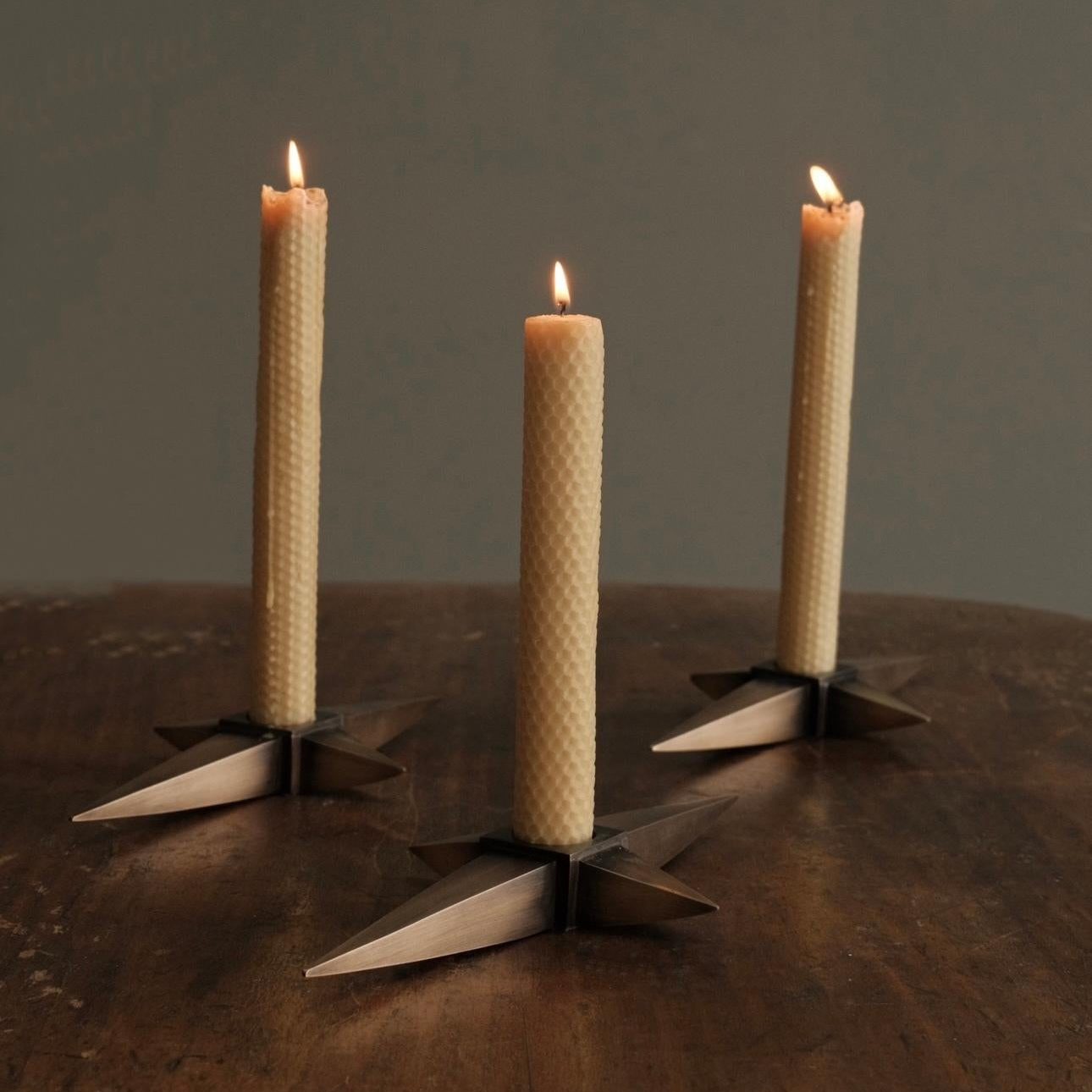
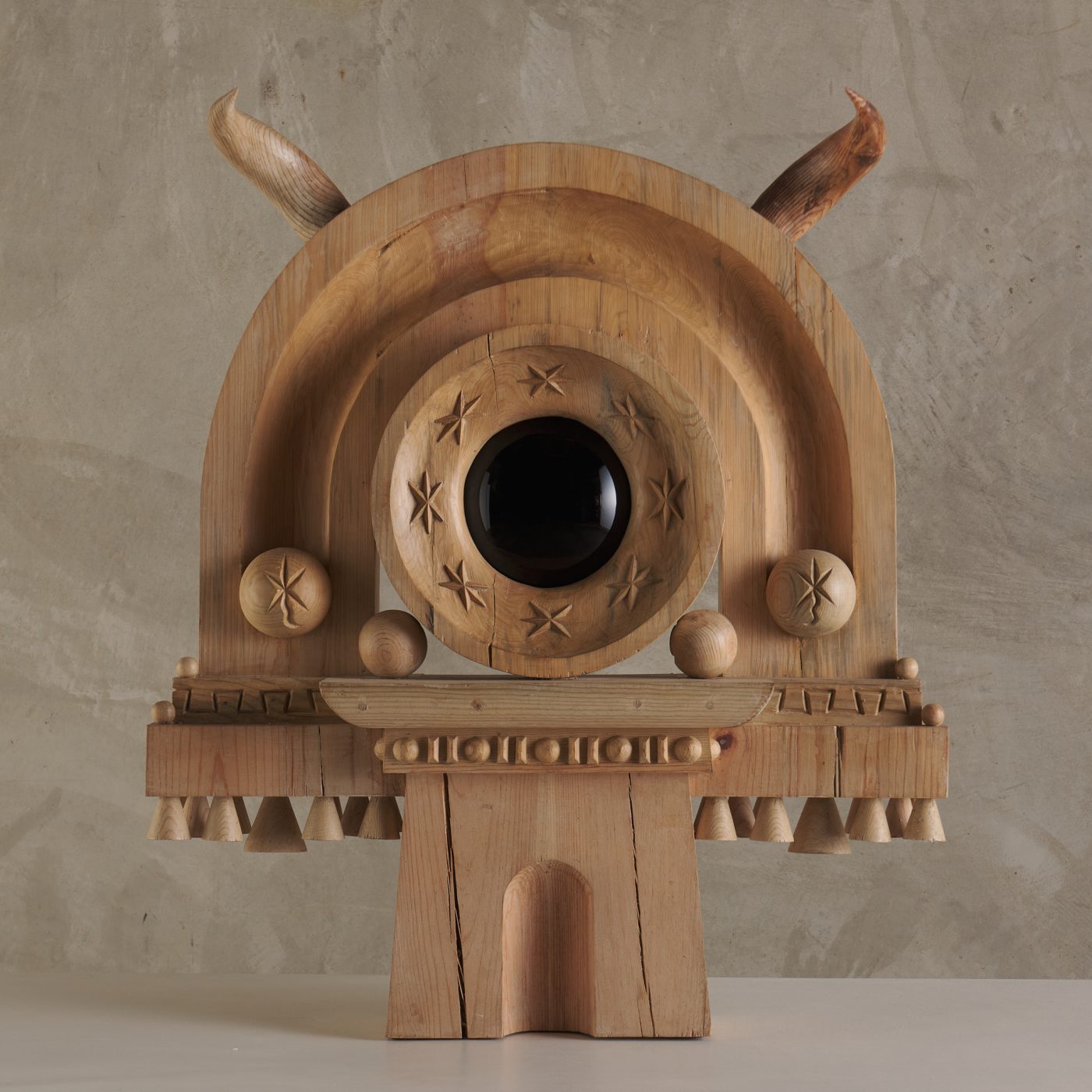
How much of your business is selling pieces from your own lines?
Blackman: About one-third. Some pieces are by David and me, and some are by Lika Moore, who started out as a salesperson thirty years ago and is now our creative director. Some of her pieces in this room include the patinated-bronze Compass candleholders and the Leonine garden table, made of dark-gray aggregate with oversize lion’s legs. She’s very stylish, and so is her work.
Cruz: We also represent about a dozen independent designers, including Mike Diaz, a friend from Mexico City whose work is becoming more and more collectible. That big piece across the room is his Occhio d’Bue Talisman, a kind of devotional object made of carved pine with an obsidian mirror for an eye.
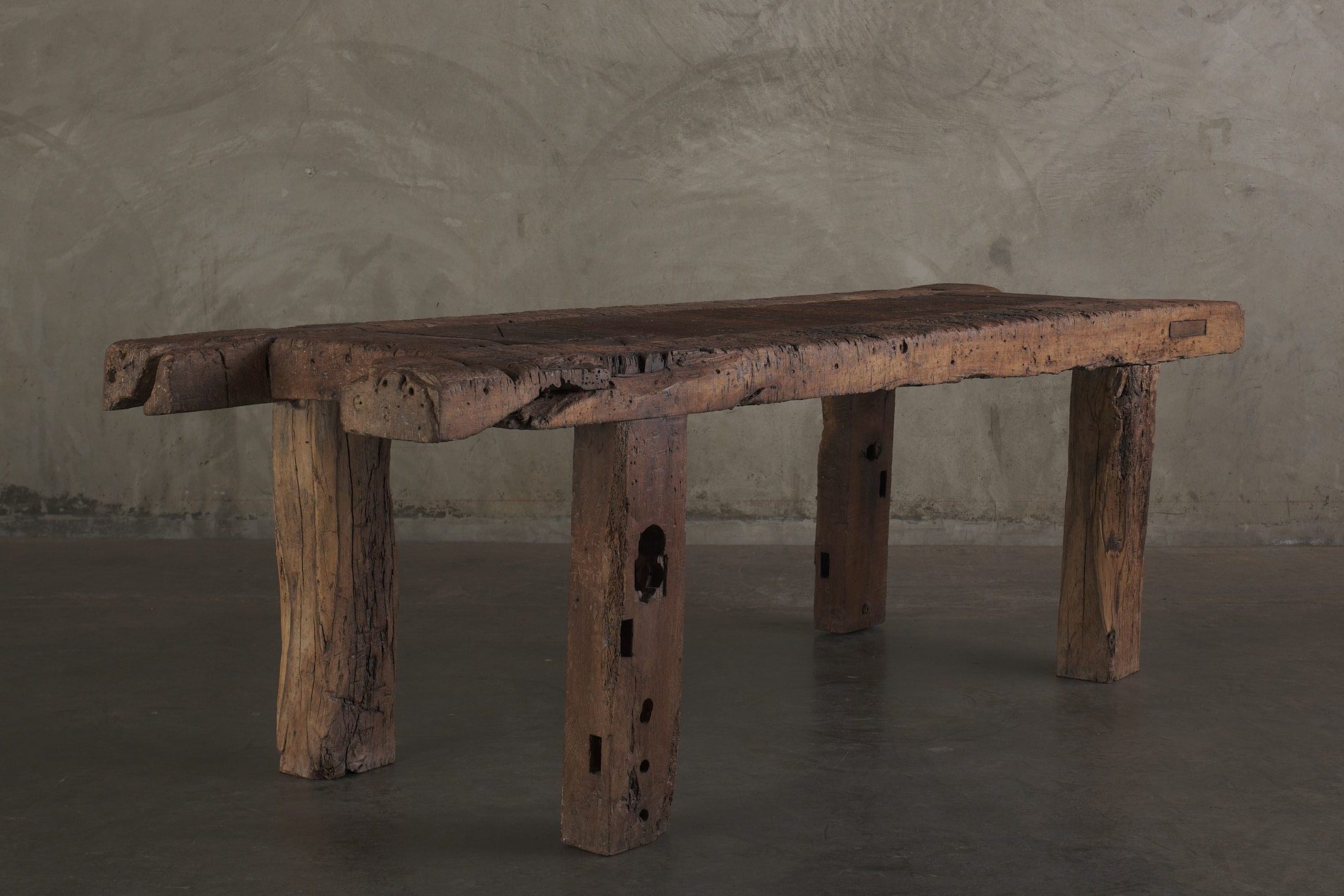
What’s something you never pass up the chance to buy?
Cruz: Furniture made of mesquite. Mesquite takes a very long time to grow, and it’s very sturdy. So, when I find a piece of mesquite furniture — like that farm table — buying it is a no-brainer.
The New York Times compared you to legendary pairs like Lennon and McCartney, Watson and Crick, and Christo and Jean-Claude. What’s the secret to remaining partners for so long?
Blackman: I get along very well with his husband, and he gets along very well with my wife.
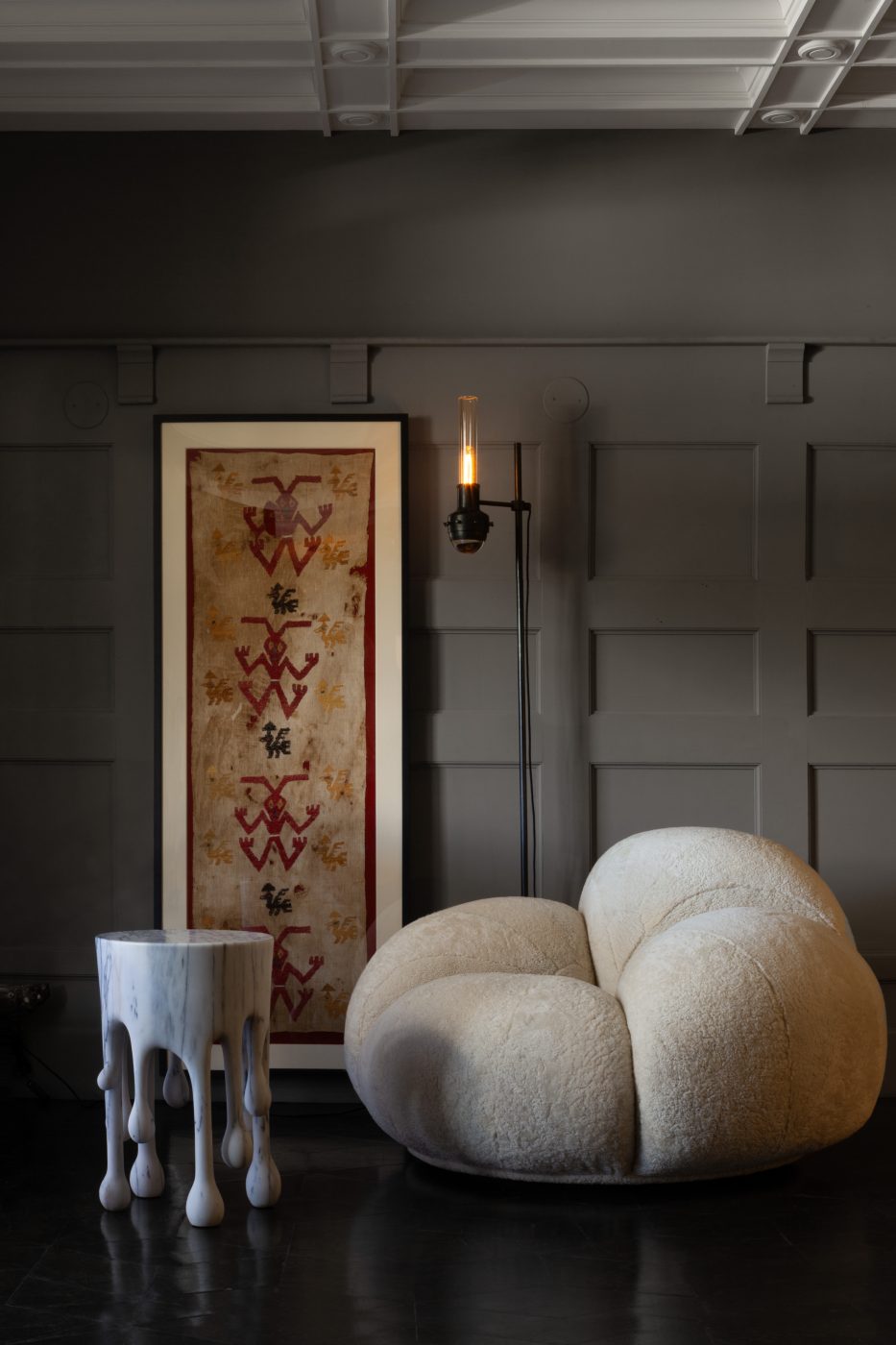
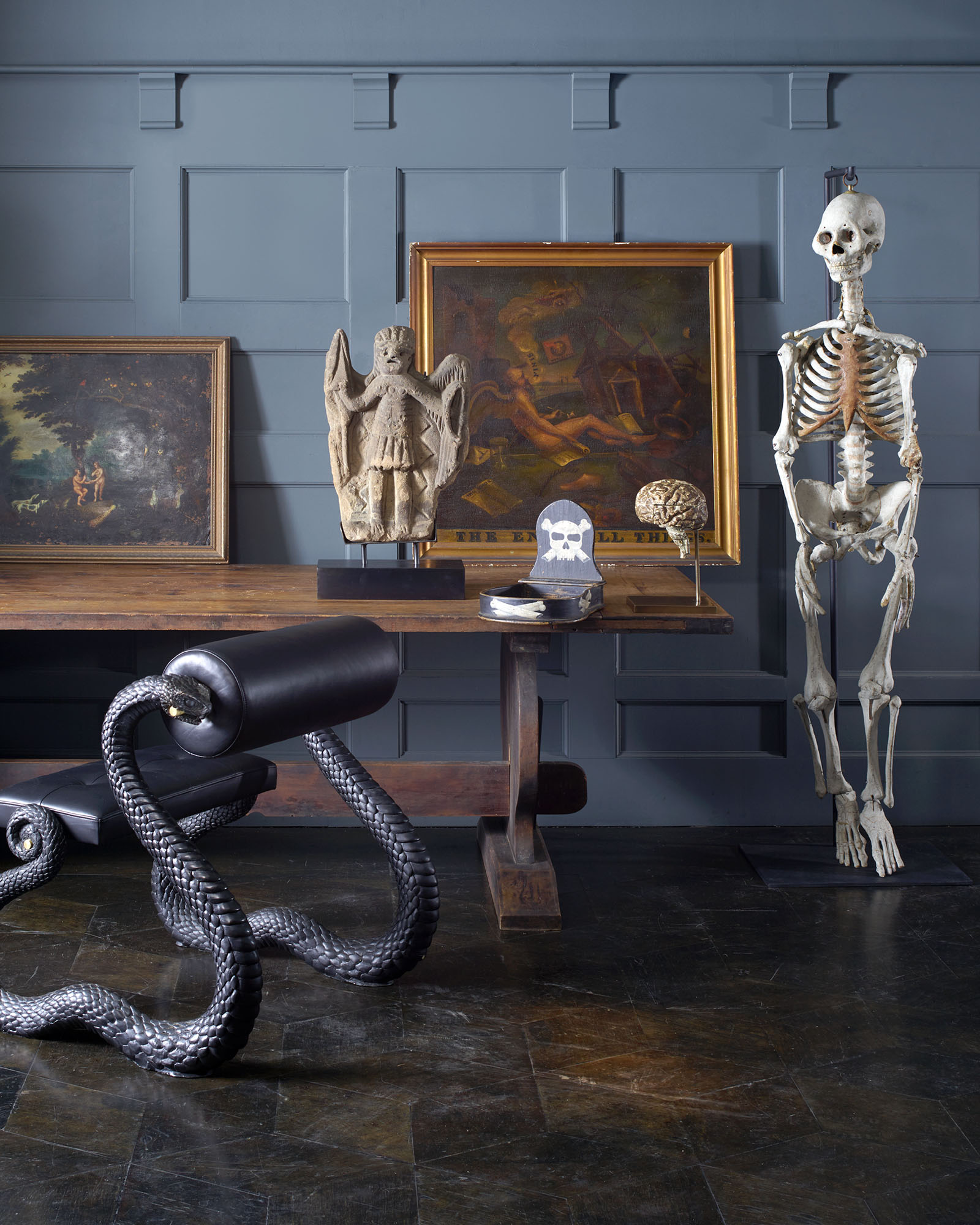
After thirty-two years, is it hard to find things that you’ve never seen before?
Cruz: There’s always something new to get excited about. And I figure if I like it, or Adam likes it, someone else will like it too.
